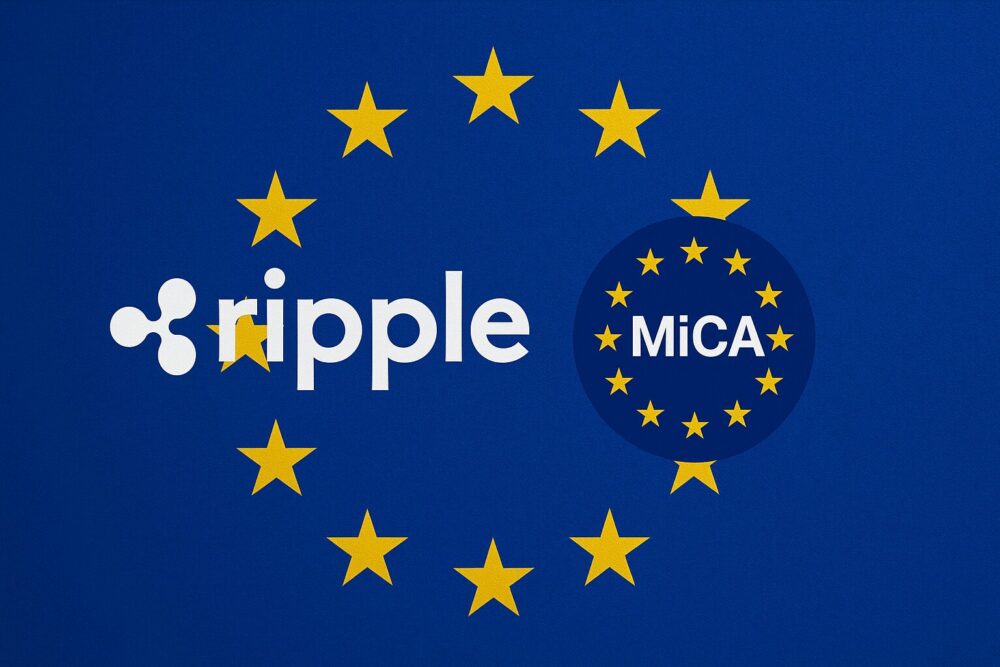Ripple is seeking a license under the European Union’s Markets in Crypto Assets (MiCA) regulation to expand its operations in Europe.
In a statement sent to multiple media outlets, including Cointelegraph, a Ripple spokesperson confirmed the company’s intent to become MiCA-compliant. This effort aligns with Ripple’s broader ambition to scale its crypto and stablecoin offerings across Europe, while also ensuring full regulatory alignment.
Ripple has set its sights on Europe
Ripple’s interest in Europe comes amid increasing demand for regulated crypto services within the European Economic Area (EEA). The company sees significant opportunities in the EEA, particularly as businesses and institutional investors begin to favor crypto firms that operate within clear legal frameworks.
Ripple’s recent registration of Ripple Payments Europe S.A. in Luxembourg underlines this intent. Although Ripple has not confirmed whether it has officially applied for an electronic money institution license in the country, reports indicate that such a filing is either underway or imminent.
The Luxembourg registration provides a strong regulatory base for Ripple to build its European operations, especially as MiCA enforcement begins in phases through 2025.
Luxembourg is rapidly gaining recognition as a preferred destination for crypto companies navigating the EU’s regulatory environment. Firms such as Coinbase and Bitstamp have already secured MiCA-related licenses in the country, leveraging its well-developed financial infrastructure and forward-leaning regulators.
Why MiCA compliance matters to Ripple
MiCA introduces a single regulatory framework across all 27 EU member states, offering much-needed clarity for crypto firms. For Ripple, this presents an opportunity to offer stablecoins and cross-border payment solutions with increased legitimacy and operational certainty.
Being MiCA-compliant not only strengthens Ripple’s credibility in the region but also positions it to meet rising institutional demand for regulated crypto services.
Furthermore, as the EU continues to implement digital finance strategies, firms with early regulatory alignment will likely benefit from a competitive edge in product offerings and user trust.
The global strategy behind Ripple’s regulatory moves
Ripple’s move in Europe is part of a broader strategy that also includes efforts to secure financial licenses in the United States.
The company has reportedly applied for a banking license in the US, reflecting a dual focus on integration within traditional financial systems and expansion of its digital asset services.
This global approach underlines Ripple’s commitment to long-term compliance, stability, and innovation.
Notably, the firm’s emphasis on building secure, fast, and transparent payment systems using blockchain technology aligns with market trends favoring efficiency and regulation.
What this means for the crypto market
Ripple’s pursuit of a MiCA license is being closely watched by industry players and regulators alike.
For traders, this development suggests that Ripple is taking serious steps to operate within the EU’s regulatory perimeter, potentially increasing investor confidence in its offerings, including its native token, XRP.
Moreover, Ripple’s entry into the regulated European market could spur more competition among crypto payment providers. This may ultimately result in better services, reduced transaction costs, and broader adoption of digital payments.
If successful, this move could mark a new chapter in Ripple’s global expansion and reshape the landscape for crypto payments across the continent.

